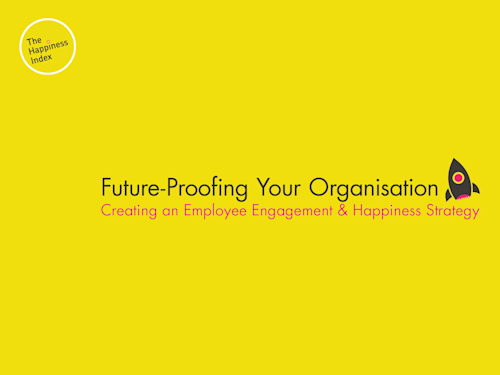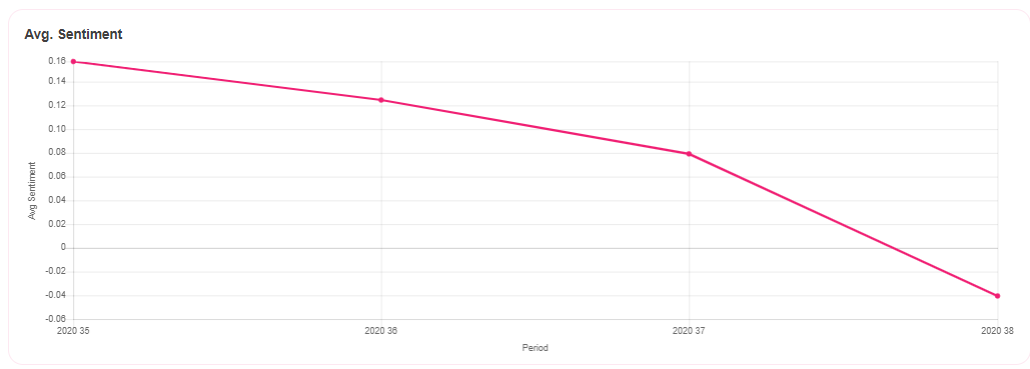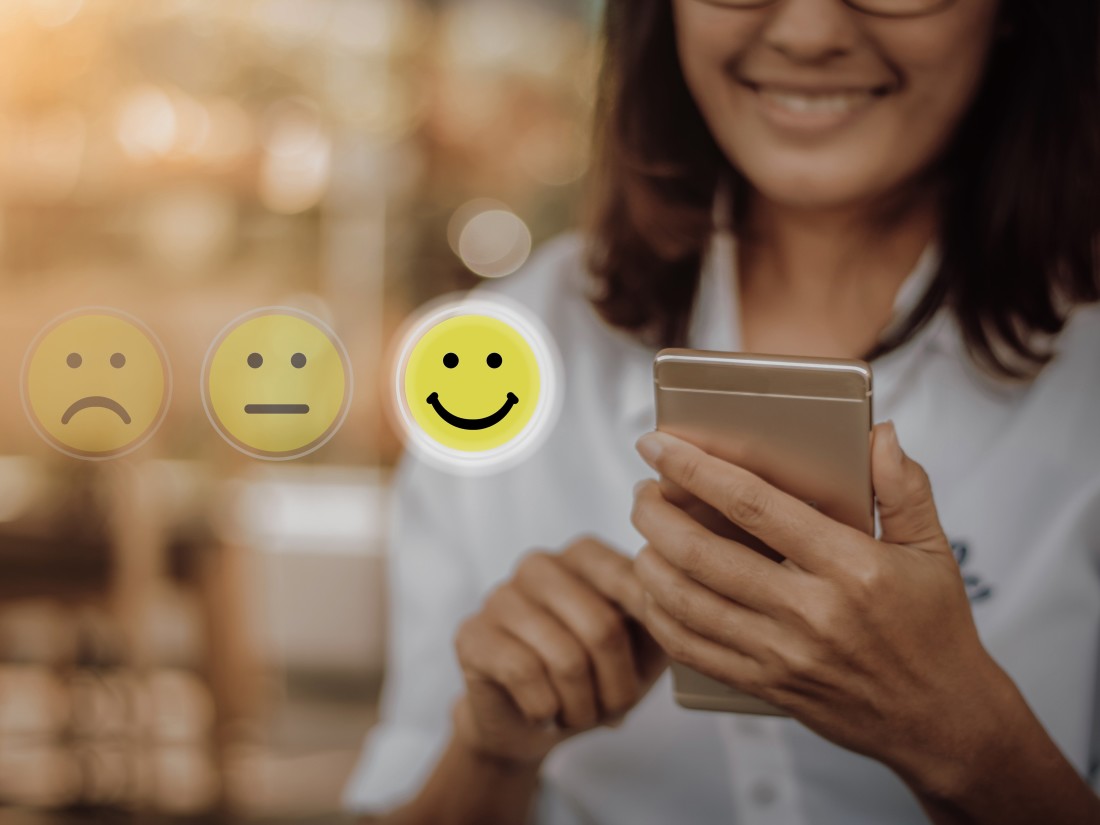
Creating an Employee Engagement AND Happiness Strategy
Last week marked both the 6 month anniversary of lockdown starting in the UK and a change to the UK government’s advice to work from home where possible for the next 6 months. We’ve been offering our Employee Voice 24/7 service on a complimentary basis to hundreds of organisations since the commencement of the Covid-19 lockdown. So, what does the latest data show us about employee happiness levels?
As you're probably already aware we believe measuring employee happiness as well as engagement is super important in order to get the most out of your workforce and create a thriving culture.
Over the pandemic we are simply asking employees “How are you feeling today?”. They simply score 1-10 (from ‘pretty terrible’ to ‘life’s great’) and then tell us why. Employees answer anonymously, whenever and in as much detail as they wish.
Since lockdown commenced in March, happiness levels have remained well below our pre-Covid-19 average of 7.6, but in September we saw a further fall. The average happiness index score was 5.8 (down from 6.3 in August), with levels of happiness in the last week of September seeing a sharp drop to an average of 5.2.
The pandemic has fuelled a desire amongst employees to share emotional detail into how they’re feeling. This has remained remarkably consistent over the past 6 months, with around two-thirds of employees (69.1%) leaving comments averaging 34 words in September, more than double the normal average prior to the pandemic.
The drop in happiness levels has also been mirrored by the sentiment of employees’ comments in September. Over the course of the month sentiment fell by 25% from +0.16 to -0.04 highlighting a deterioration in employees’ emotional outlook. (Average sentiment ranges from +1.0 (positive) to -1.0 (negative).)

Similarly the favourability score fell (measured by those who score 7 or above on how they are feeling today) from 53.8% to 44.9%.
Whilst levels of happiness fell in September across most industry sectors, those in roles that are most heavily impacted by lockdown restrictions or are directly dealing with the pandemic fared worst. Employees in the Food & Drink sector were the unhappiest (down to 4.0 from 5.3 in August) followed by Construction (down to 4.9 from 5.5 in August) and Healthcare (down to 5.5 from 6.4 in August).
Here’s a Word Cloud map of employee comments in September. The larger the word the more people are mentioning it in their comments. The colour of the word represents whether it is spoken about positively or negatively; with green being positive and red being negative.

Analysing the comments for the past month, 5 clear themes emerge:
Employees are struggling with the continued uncertainty over how long the pandemic will last and are feeling the impact in their daily lives.
“Feeling very down this week with so much uncertainty for the near and distant future.”
“There is no end in sight.”
“Fed up and miserable as all my holidays and celebrations for special birthdays and anniversaries have been cancelled.”
“Nothing to look forward to.”
“It feels like there’s no end to this covid nightmare!”
“Life has never been tougher…”
Many employees are struggling to manage their workload and take time off:
“Lots of anxiety about workload & the news last night re lockdown.”
“Haven’t had a real day off since May, having cancelled another one this week. The thought of falling even further behind work weighs heavier than the benefit of a day doing nothing in Covid land.”
“Still finding the workload and communicating remotely stressful and tiring.”
“Overwhelmed – lots to do and it is moving very quickly. We don’t take into consideration employees having annual leave and the need for downtime.”
There are many stressors causing anxiety and impacting the mental health of employees:
“Fearful of another full lockdown, worried about how everyone will cope.”
“Struggling with my mental health at the moment.”
“I’m personally feeling stressed and also a strong responsibility to work more than ever to ensure that me and my colleagues will remain employed.”
“I am also worried about Christmas and how different that will be this year.”
Many employees are confused about what they can and cannot do:
“Customers appear very confused as to what restrictions are and managing their expectations while trying to remain safe is very challenging.”
“Being told to work from the office in a faq document when Boris said work at home if you can!”
“Following the announcement last night stating that all office workers should work from home. I am concerned that I am now in breach of government guidance.”
“Fed up – local lockdowns and totally confused with what’s ok and what’s not.”
For many employees who’d returned to the workplace there’s a sadness that it will end:
“Dreading further announcements that we can no longer come into the office and book desk space!”
“The office is so secure and safe, can we not still come in on an ad-hoc basis just to see our colleagues?”
“I was loving the one day a week in the office to meet up with colleagues and have some face to face conversation. Following the Government’s announcement this week, this has now stopped. Feeling like it could be quite a long winter coming up!”
“Disheartened that we can no longer go to the office. Just when things felt as though they were slowly moving back to normal!”
With no end in sight for the pandemic and a clear impact on employee happiness levels and engagement, HR and leadership teams should prioritise:
Regular check-ins with their people to listen and help keep employees engaged and connected
Investment in and regular signposting of support to deal with stress and mental health issues
Helping employees to manage their workload and take time off to recharge
Finding new ways to sustain and nurture culture remotely
Ensuring employees who work remotely have the equipment, support and communication needed to be effective for the next 6 months and beyond
Providing clear guidance on who should/could be going into the workplace and how you’ll keep people safe.
Introduce employee happiness surveys where possible to stay on top of individual and team needs.
The Happiness Index wants to help you listen and stay connected to your people during this period of continued uncertainty. Over the course of the pandemic we’re offering complimentary surveys that can help you plan your future of work and better listen to your people:

Linked to Happiness in our neuroscience methodology... learn more
The Happiness Index helps organisations measure the key employee engagement AND happiness drivers to power their people strategy.
Our unique platform offers the products, insights and tools to shine a light on your cultural health and empower management to drive thriving cultures.
Our neuroscience-based pre-built surveys measure the full employee experience - from onboarding to exit to empower and enable organisations to understand their people and create data-led action plans.
